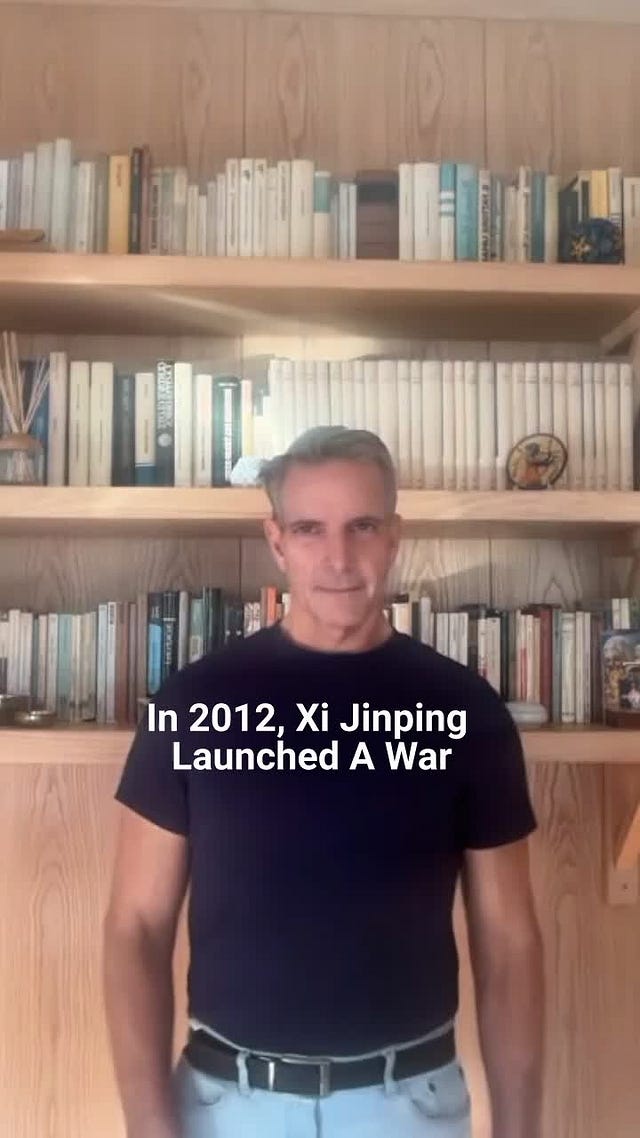Tuesday Edition: Rwanda, The Rebuilder
Governments That Work
Rwanda is a miracle country. Few nations have suffered so terribly. Fewer have rebuilt themselves so well.
Thirty years ago, the country was in ruins. A genocide killed nearly a million people, in a nation of 7.8 million, and destroyed its institutions. Today, it has one of the fastest-growing economies in Africa with one of the lowest corruption levels on the continent. The new government rebuilt itself as an inclusive nation.
Rwanda received outside assistance and is widely recognized for using aid effectively, maintaining strict accountability, and ensuring programs align with national priorities rather than donor agendas. For all the assistance it received, Rewanda rebuilt itself.
Rwanda’s leadership has reconstructed almost every system from the ground up. Roads, hospitals, schools, nearly everything. Almost every citizen now has access to basic healthcare and education. Women hold more than sixty percent of the seats in parliament, the highest share in the world. Foreign investors operate in a stable, predictable environment. The government’s priorities are clear: national unity, order, and progress.
The structure of government mirrors that approach. Authority is centralized but tightly managed. Decisions move quickly, and results are measured. Officials are promoted or dismissed based on performance. Policy continuity has turned long-term plans into real outcomes, especially in digital services, rural electrification, and public health.
Rwanda’s success fits the country’s cultural foundation. According to Hofstede and Schwartz, Rwandans score high in collectivism and harmony orientation, placing group stability over personal gain. That cultural tendency supports a leadership style that prizes coordination and discipline. The government acts as a unifying force rather than a competing faction.
Through Hornby’s framework, Rwanda represents the North (Power-Seeker) and Blue (Guardian) archetypes. The North aspect drives central authority and structured planning. The Blue archetype adds moral conviction, focusing on duty and the restoration of order. Together, they produce a system that values discipline and measurable progress.
The model is not democratic in the Western sense. Rwanda does not run on open contest or political debate. Power is centralized, opposition is limited, and public criticism of the government is tightly controlled. Elections take place, but the system is designed for stability, reliability, and concrete results.
After a genocide that tore the country apart, the idea of political parties fighting for control holds little appeal. Citizens measure freedom through security, progress, and how their lives improve rather than choosing between political promises. When the government delivers results, safe streets, functioning services, and steady growth, it earns legitimacy through performance rather than popularity.
Rwanda’s system works because it fits its culture. Authority is accepted when it produces order. Leadership is trusted when it keeps its promises. For a nation that has lived through collapse, predictability is the freedom people want.
Why it matters
Rwanda proves that collapse is not the end. Governments can be rebuilt. It is a beacon of hope for the failed governments in the West: Belarus, Hungary, and the United States. It is living proof that nations can rise from the ashes and be greater than before. And that others could do the same if they had the will. It also challenges the Western myth that democracy is the only way forward or the only way to produce a functioning government that works for its people.
Rewanda may be just the model Belarus, Hungary, and the U.S. need in the coming years.
Follow Cultural Perspective on TikTok or YouTube for three daily breakdowns of the global forces shaping you and the world.

 Tiktok failed to load.
Tiktok failed to load.Enable 3rd party cookies or use another browser



